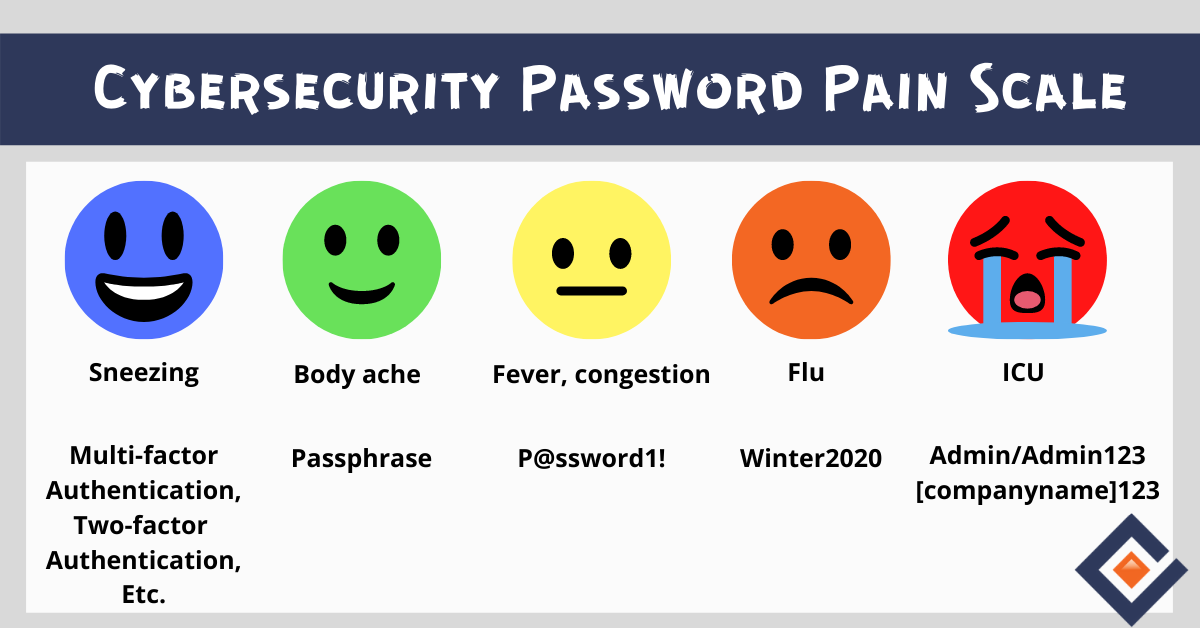Passwords are the bane of the internet, and sign up flows are too painful
I’ve been saying for years that passwords are the bane of the internet. After this weekend, I’m doubling down on that proclamation, and raising it a – sign up flows stink.
I spent time with extended family and friends this past weekend. One of them was my 89 year old mother-in-law, who’s quite tech savvy (eg. she uses ChatGPT among other things). I was trying to get her signed up for Substack so she could read my posts within the app and get notified when there are new ones.
It was SUCH a pain. First, we had to download and install the app, but the button on the side of her iPhone isn’t working very well at the moment. If you’re looking for an exercise in frustration, just try installing a new app when you can’t use that button. It’s a total pain. Apple is better than most at having graceful error options – if you try but don’t succeed several times, it will provide alternate options like using Face ID instead. Getting that to show up meant we had to fail, and fail again, and then again. Also, imagine not having a lot of grip strength and trying to push a sticky side button over and over again, or taking off a tight fitting case in order to get better access to the button? She couldn’t, so I had to help. That’s discouraging. Then she had to input her Apple ID and password. Guess what, that information isn’t exactly top of mind so it took us a few go-rounds and a “forgot password” flow to get that sorted out.
Sidebar, password apps like 1Password, LastPass, and saving passwords via your browser are helpful for many, but they’re far from foolproof and not exactly frictionless to use. Even setting up Face ID is an extra step in the signup flows where it’s an option. I totally get the need for safety, so I don’t mean to discount the importance of it, but it definitely comes at the cost of ease of use.
So, once we got Substack installed, then she had to sign up for it, which is a multi-step process and requires checking your email for a code, then going back to the app to enter it, from memory, or after copying it or writing it down. At this point we’d been at it for about 10+ minutes and were both frustrated, but still not done. I was determined to conquer this seemingly simple task, which I’ve done dozens and dozens of times myself, so I kept plugging away. It definitely struck me as ludicrous that it felt THAT hard though.
Next, I had to find my publication, subscribe her to it, and then set her notification preferences so she’d get notified when there are new posts. And, she still hadn’t been able to read anything up to that point, which was the whole point of the exercise.
In an age of “English is the new programming language” what if I’d been able to say…
“Hey iPhone, sign Nancy up for Substack, subscribe her to Kate’s publication, make sure she’ll be notified about new posts, and bring her to the screen where she can start reading the first post.”
How awesome would that have been instead? I can’t wait for it to work like that. That’s the experience I want!
Then I was trying to help another friend get started using Descript, which is a RAD new AI tool that lets you edit video, simply by making text edits to the transcript. Guess what, the sign up flow for that was a pain too! I invited this friend to edit one of my projects, which required him to sign up for an account. The message he was sent made him think they wanted him to enter his email password to get access to Descript. That of course, isn’t what they wanted him to do. They wanted him to set up a new account with a unique password. Took him (at least) three tries to come up with an option that fit their password requirements. Several text messages later, which included him sending me screenshots of what he was seeing so I could help, he finally managed to sign up successfully. Like my mother-in-law, he’s a smart guy, who regularly uses a computer, iPad and as of recently, an iPhone. He’s also got more common sense and better problem solving skills than most people I know. But guess what, going through this process made him feel dumb and that isn’t right. We should be able to do better.
As I kick off my own project to develop design principles for how to create great experiences for people in the 2nd half of their lives, I’ll be starting with this one – Don’t make me feel dumb.
If this experience resonates, let me know. If you have similar stories, I hope you’ll add them in the comments section.
We can do better, and I’m excited to see how GenAI capabilities help us improve on current norms. My former team at Proof.com is doing some really interesting work on creating identity verification solutions that fight fraud too, so that’s worth checking out as well. Here’s to a future with much better options, that don’t make any of us feel dumb.
Thanks for reading! Subscribe to receive new posts if you like what you read. If you want to show your support, please react ❤️ comment 💬 or repost 🔁 . It’s an easy (& free!) way to be an ally and show support.




100% agree with your design premise "Don't make me feel dumb!" Thanks for pointing out this major pain point.